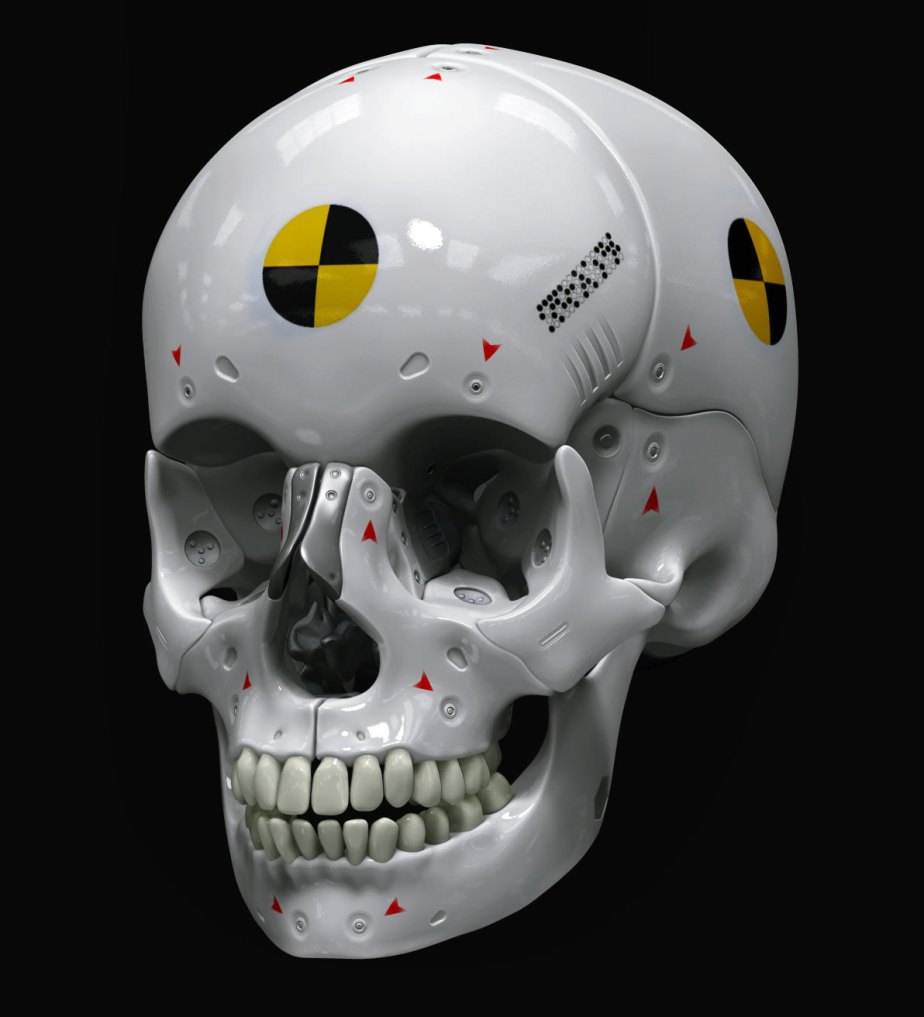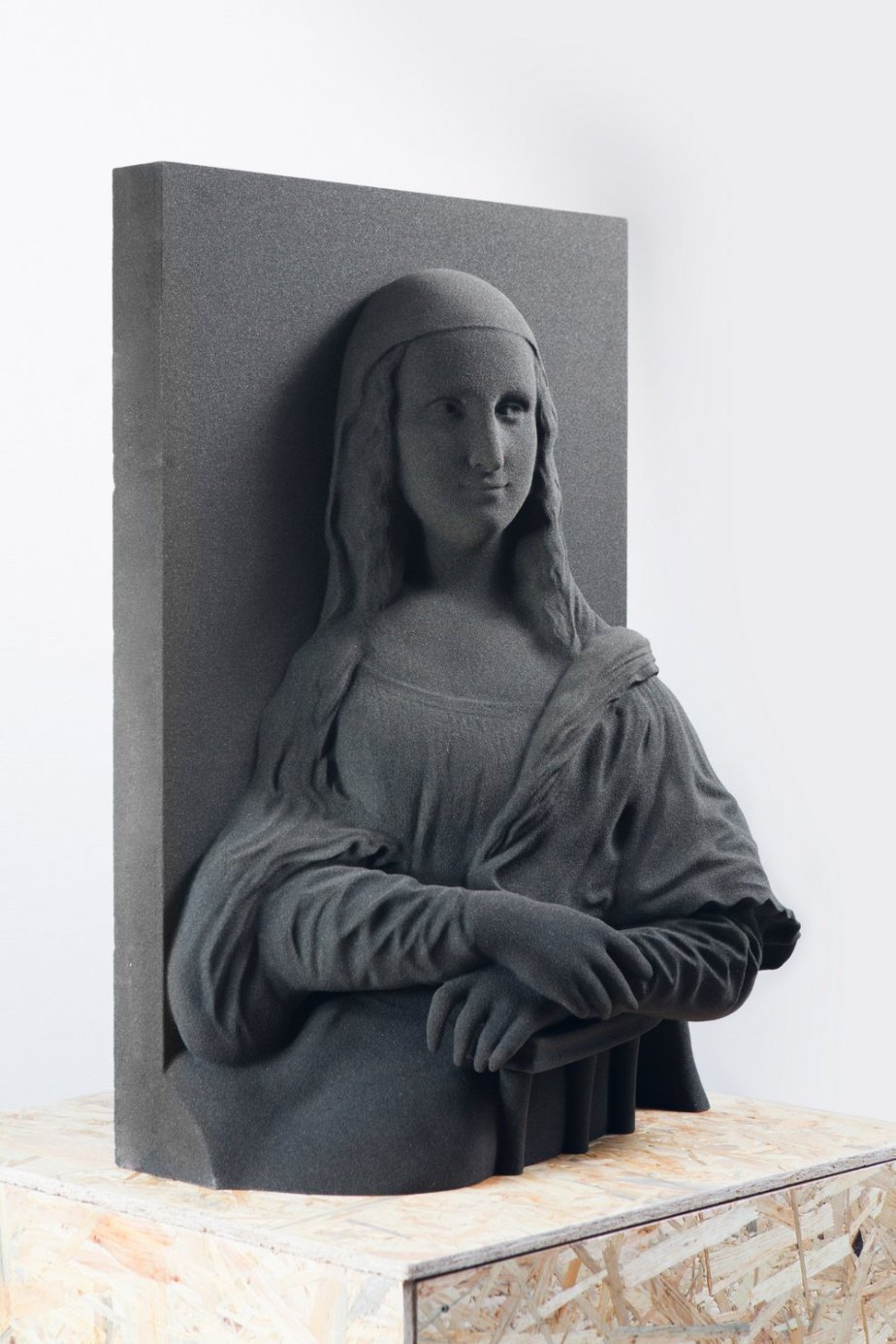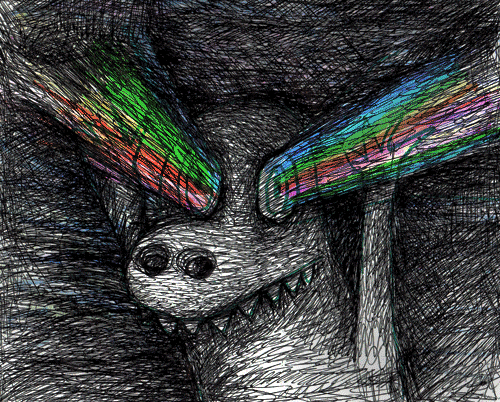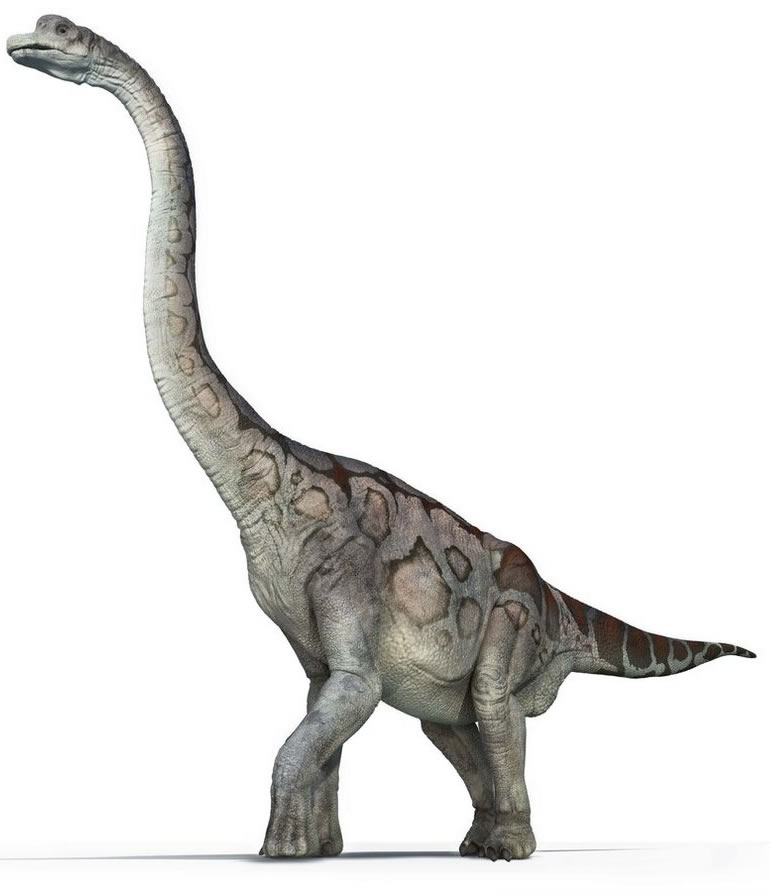
OLO Smartphone 3D Printer
Este proyecto por financiamiento (KickStarter) me tiene sorprendido: una cajita de 99 dólares que convierte cualquier teléfono en una impresora 3D, utilizando la luz de este en lugar de un proyector (una de las partes mas caras de este tipo de impresoras). El telefono se ubica debajo de un contenedor de resina con fondo de cristal, para ir enviando patrones a diferentes capas del material por medio de una aplicación disponible para IOS y Android.
La aplicación es compatible los principales formatos y aplicaciones de 3D, y se pueden utilizar diferentes tipos de material, flexible, duro, traslúcido, de colores, etc.
Esto va a democratizar mucho la impresión en 3D, poniéndola prácticamente al alcance de cualquiera. Genial…
For those of you who might’ve missed the product’s debut, here’s the lowdown: OLO is designed to take your smartphone and transform it into a fully functional 3D printer. No joke — you seriously just fire up the app, choose the object you want to print, pop your phone into the device’s base, and pull out a completed part a few minutes later. It’s like magic, and the whole thing costs less than a pair of Nikes.
Here’s how it works: The printer consists of three main parts — a reservoir, a special photopolymer resin that you pour into it, and a mechanized lid that contains the build plate and control electronics. At the bottom of the reservoir, there’s a piece of polarized glass which you place your phone underneath, facing upward.
Basically, once you place the lid on top and the printer starts going, the app makes your phone’s screen light up with a specific pattern. The polarized glass then takes all this light (which shines outwardly to give your phone a wider viewing angle) and redirects it so that all the photons are traveling straight upward. So as your phone’s screen beams light up into the reservoir, the directed light causes a layer of resin to harden onto the build plate, which slowly moves upward as each new layer is created. It’s basically a tiny DLP printer that uses your phone’s screen instead of a projector — which is absolutely brilliant, because doing so replaces the single most expensive part of a stereolithography printer with something cheap and very common…







